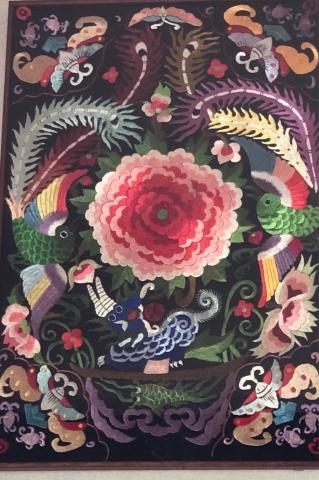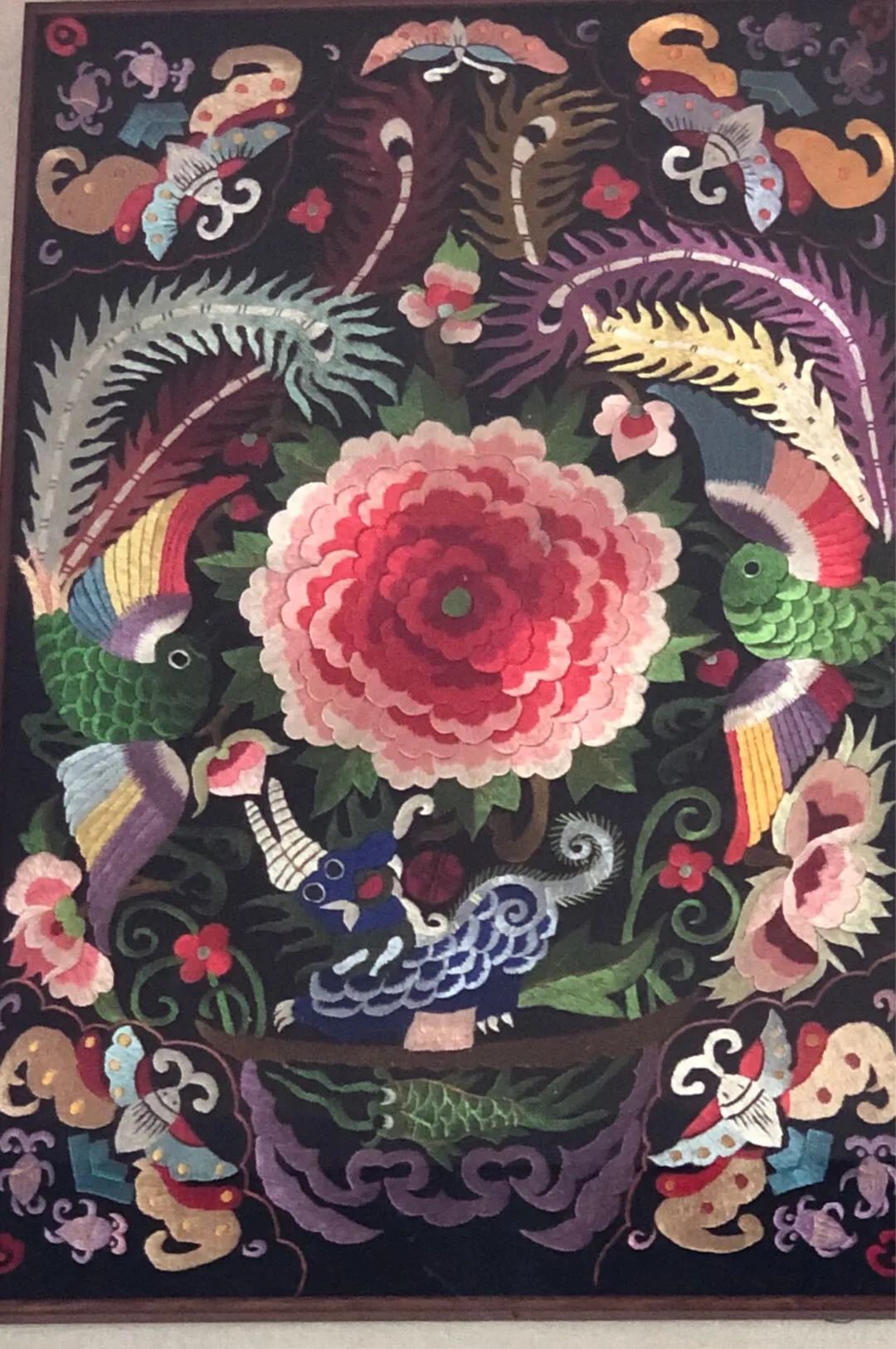


According to legend, after Chi You was defeated and killed, the Miao people were forced to migrate repeatedly over thousands of years, and finally took refuge in the deep mountains and old forests of the southwest. Endless oppression and wars have caused the Miao people to continuously lose their land, property, and their own writing. However, with their extremely strong sense of national identity, the Miao people have passed down their stories orally from generation to generation, telling the story of migration, war and persecution intertwined with blood and tears for thousands of years. Every detail is integrated into the sacrificial ceremony and embroidered into the clothes. Miao costumes are the wordless history book of the Miao people, and it is the most extensive history book in the world.
Miao costumes carry the Miao people’s uninterrupted cultural heritage and spiritual sustenance from generation to generation for thousands of years.



From a young age, Miao girls have followed their elders in growing flax, spinning, weaving and dyeing cloth, and learning to do wax embroidery. They all have to sew and embroider their dowries and subsequent clothes before getting married. After becoming mothers and grandmothers, they still have to make clothes for their husbands, children and grandchildren. In this way, every Miao woman has recorded thousands of years of Miao myths and legends, the mountains and fields where the Miao lived, and the painful history of migration, stitch by stitch through batik and embroidery, into Miao costumes.


They used techniques such as flat embroidery, lock embroidery, cross-stitching, and heaping of flowers to embroider the Yellow River and Yangtze River that the Miao people could never forget. They also embroidered the maple trees, butterflies, fish and dragons, cow dragons, and bird dragons from the myths that the Miao people worshiped. Flowers, birds, insects, fish and other all things in the world finally embroider the most wonderful sky in the spiritual world of the Miao people.



This workshop is not large, but the embroidery is done stitch by stitch.







While chatting with them, I learned that they started from collecting Miao embroidery handicrafts, then designed, produced, processed and sold Miao embroidery handicraft clothing products, and now they have become one of the largest ethnic trading enterprises in southeastern Guizhou. The factory has brought together a number of Miao embroidery experts with unique handicrafts and superior skills produce handmade products with exquisite workmanship, excellent texture and exquisite craftsmanship. They have become national cultural treasures, travel, collection and souvenirs for distinguished guests and friends. Over the years, in addition to domestic sales, our products have also been exported to Southeast Asia and other countries and regions, and exported to European and American countries.
